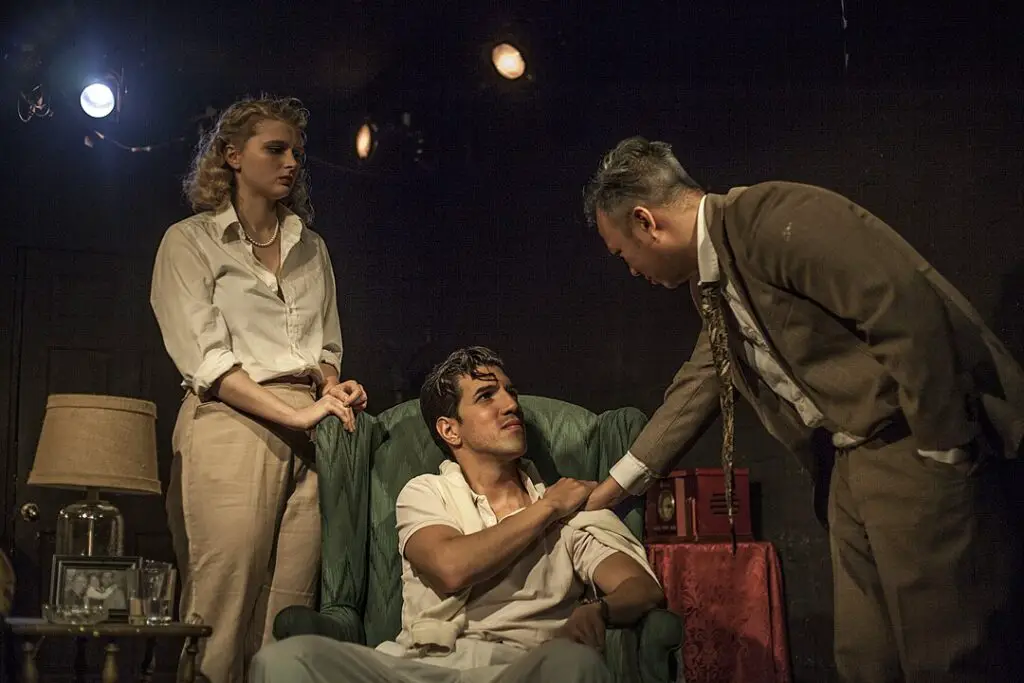Have you ever wondered what makes some acting performances resonate with you long after you have seen the show?
From Anthony Hopkins’ poignant portrayal of dementia in ‘The Father‘, Jeff Bridges’ effortless charm in ‘The Big Lebowski‘ to
Jack Nicholson’s unnerving performance in ‘The Departed‘ and Christopher Waltz’s masterful portrayal of a ruthless CEO in ‘The Consultant‘,
the Meisner Technique has been the secret weapon of Hollywood’s finest actors.
What sets this method apart from others is the fact that it is based on an actor’s ability to work based on his or her own instincts.
By using this technique, a lot of actors, especially those new in their careers, can break down a role in a way that isn’t too overwhelming and doesn’t make them “think too hard.”
About Meisner
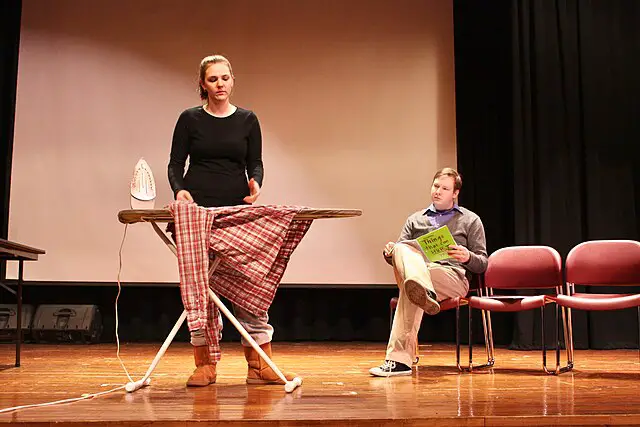
Sanford Meisner was born in 1905 and attended the Damrosch Institute of Music (now known as Julliard) in his late teenage years.
At this institution, he studied classical piano and developed a deep sense of listening.
He would later use it as an acting instructor to tell whether or not his students were acting correctly simply from the sounds of their voices.
Before he could graduate from the Damrosch Institute, Meisner was taken out of school by his father to work for their family’s business in New York City.
However, simultaneously, Meisner took on roles as an extra in multiple plays put on by the Theatre Guild.
Two of his earliest roles were in They Knew What They Wanted and The Garrick Gaieties.
Soon enough, he earned a scholarship to attend classes at the Theatre Guild of Acting.
While at the Theatre Guild of Acting, Meisner co-founded and joined a company troupe known as the Group Theatre with many other members, including Stella Adler.
This group was the first to begin working against the mainstream acting techniques of the time, including Lee Strasberg’s Method Technique.
The group performed works including The House of Connelly, Men in White, Awake and Sing, Paradise Lost, and Golden Boy.
While part of the Group Theatre, Meisner began teaching young actors with his own take based partly on Stanislavsky’s system with input from Lee Strasberg and Stella Adler.
In 1940, the group disbanded, and he continued to teach as the head of the acting school of New York’s Neighborhood Playhouse.
During this time, Meisner developed his technique, and he taught well-known students ranging from Diane Keaton to Jeff Goldblum.
For the rest of his teaching career, he worked with actors including Alec Baldwin, Christopher Llyod, Grace Kelly, Naomi Watts, Tom Cruise, and Tina Fey, among many others.
Elements of the Meisner Technique
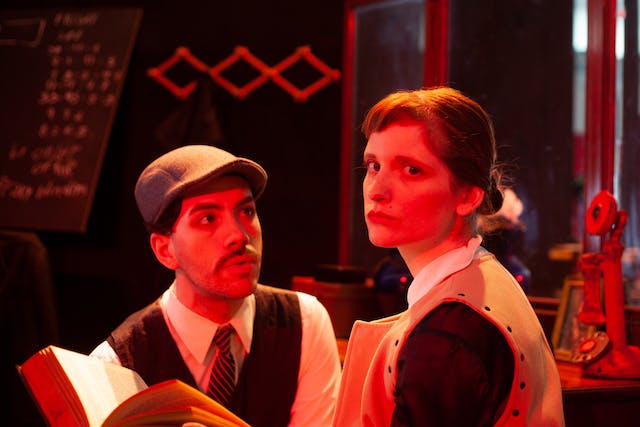
Generally, the Meisner Technique is rooted in spontaneity as it relies on actors using their
instincts.
However, this technique also takes some points from Stanislavsky and Strasberg’s
methods.
Instinctual Reactions
The heart of the Meisner Technique is instinctual reactions, and all students of this technique are encouraged to act in every situation as naturally as possible.
The purpose of this is to create an organic scene that is both believable and easy for fellow actors to work in.
Meisner did not believe in relying on a physiological reason for reacting in a certain situation, and he did not want his students to think too much about what they were actually doing in a role.
Instead, he wanted actors to act spontaneously in reaction to whatever a scene would throw at them, that is, by acting before thinking.
Emotion
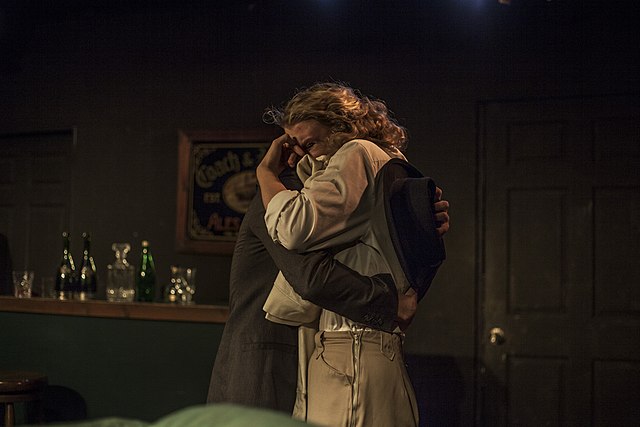
While Meisner’s method does rely heavily on actors using their instinctual reactions, it also features an emotional component so that actors don’t lose touch with their roles.
In the Meisner Technique, actors are asked to prepare emotionally for a role before a scene starts by putting themselves into their characters’ mindsets.
However, once a scene begins, actors must then put their emotional preparation aside and focus on their instincts to keep their reactions natural.
Meisner always wanted his actors to be emotionally prepared for their roles, but he also didn’t want their own emotions to get in the way of their spontaneous acting.
This is where his technique differs from other methods, including Method Acting, which relies a lot on an actor deriving emotion from his or her memories.
Repetitive Exercises
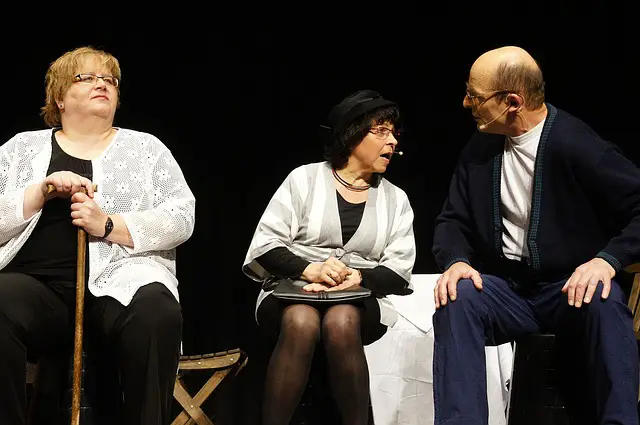
In an attempt to prepare his students for improvisation, Meisner also required his students to perform regular acting exercises with other students.
Specifically, he implemented repetition-based exercises that he thought would get students more in touch with their instincts.
The most commonly used Meisner exercise is the Word Repetition Game.
In this exercise, two actors sit across from each other, and one actor begins by stating a simple observation about the other actor, such as, “You are wearing a red shirt.”
After that, the other actor should make the same comment or a similar comment back, such as, “You are wearing a blue shirt.”
From there, the two actors should bounce comments back and forth to create organic dialogue.
In some cases, actors may simply repeat the same lines over and over again with different tones or sense of timing each time they speak,
which ultimately makes the conversation feel natural even if the repetition doesn’t seem to make sense.
The Meisner Technique Versus Other Techniques

Meisner Technique Versus Stanislavsky’s System
Similar to Stanislavsky, Meisner believed in the “magic if.”
In both the Stanislavsky System and the Meisner Technique, actors must put themselves in the mindset of their characters and imagine what those characters would do or say in any given situation.
Meisner also took many notes from Stanislavsky’s System, including the on-stage tools of direct communication, subtext, and physical action.
On the other hand, Stanislavsky focused heavily on the internal development of a character, and Meisner focused on outward improvisation.
For actors who study the Stanislavsky System, there will be a lot more studying for a role than for those who study the Meisner Technique,
because Meisner never wanted students to think too hard about a role.
Meisner Technique Versus Method Acting
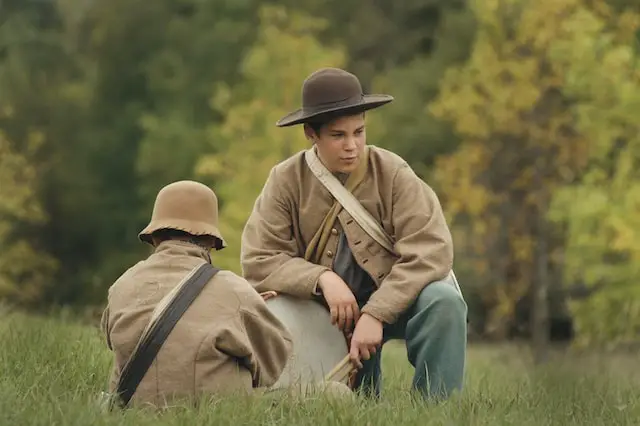
Both Sanford Meisner and Lee Strasberg drew inspiration for their techniques from Stanislavsky and both of these famous acting instructors worked closely together throughout their lives.
However, Strasberg’s Method has always been known as a method rooted in personal emotional recall.
Meisner, although he never disagreed with this method, did not teach students to use emotional recall.
Instead, Meisner simply told students to emotionally prepare for a role however each student felt would work best for themselves.
This means that students, even today, who use the Meisner Technique may or may not implement Method Acting.
Meisner Technique Versus Adler’s Technique

Meisner also closely worked with Stella Adler during his lifetime, especially during the times when they were a part of the Group Theatre.
In Adler’s technique, students are required to use their imaginations and create the world of their characters in their minds.
Students of Adler’s were also taught strict discipline since Adler truly believed acting was a lifestyle more than just a career.
Unlike the Meisner Technique, Adler’s technique utilizes text analysis, that is, the analysis of a script to determine a character’s wants and needs as well as a scene’s setting and style.
While Meisner did not encourage students to analyze anything, Adler made sure her students did thorough research on every role before ever stepping near a stage.
Both Meisner’s and Adler’s techniques look to authenticity as a goal for actors to achieve.
In Adler’s technique, actors must use their imaginations to make their acting believable and, in Meisner’s technique, actors must rely on their instincts to do this.
The Meisner Technique: Pros and Cons

While the Meisner Technique is best implemented by actors who work with other actors who use the same technique, anyone can use pieces of the technique to enhance their acting on stage or screen.
One major benefit of this technique is the fact that it is easy to understand and put into practice since it does not require you to do a lot of research before you jump into a role.
A lot of actors who do not like Method Acting prefer the Meisner Technique because it does not require you to conjure up negative personal emotions.
However, one drawback of this technique is the fact that it does not always work for classical acting.
This is because the instinctual reactions of Meisner’s method are made to create more realistic contemporary scenes, not necessarily classical ones.
Summary
Sanford Meisner created a technique built around being spontaneous and trusting your instincts as an actor.
While his technique may share similarities with other methods, including Strasberg’s famous Method Acting, it is one of the only techniques which advocates focusing on the present moment.
An actor who wants to take their craft to the next level can benefit immensely from studying the Meisner technique in conjunction with other techniques.
Much like NFL teams that need to choose their strategies as per the situation in the game, a talented actor should pick a technique that works for their specific role.
Ultimately, all techniques are aimed at one result: giving your best performance!

